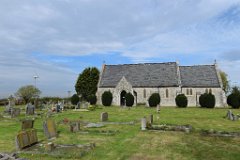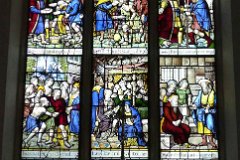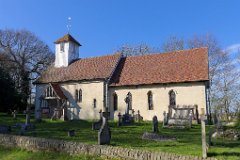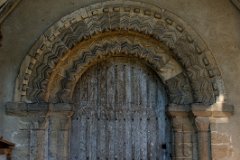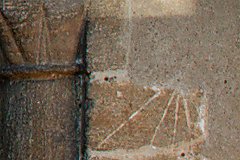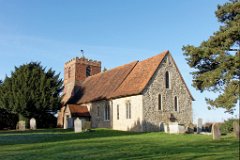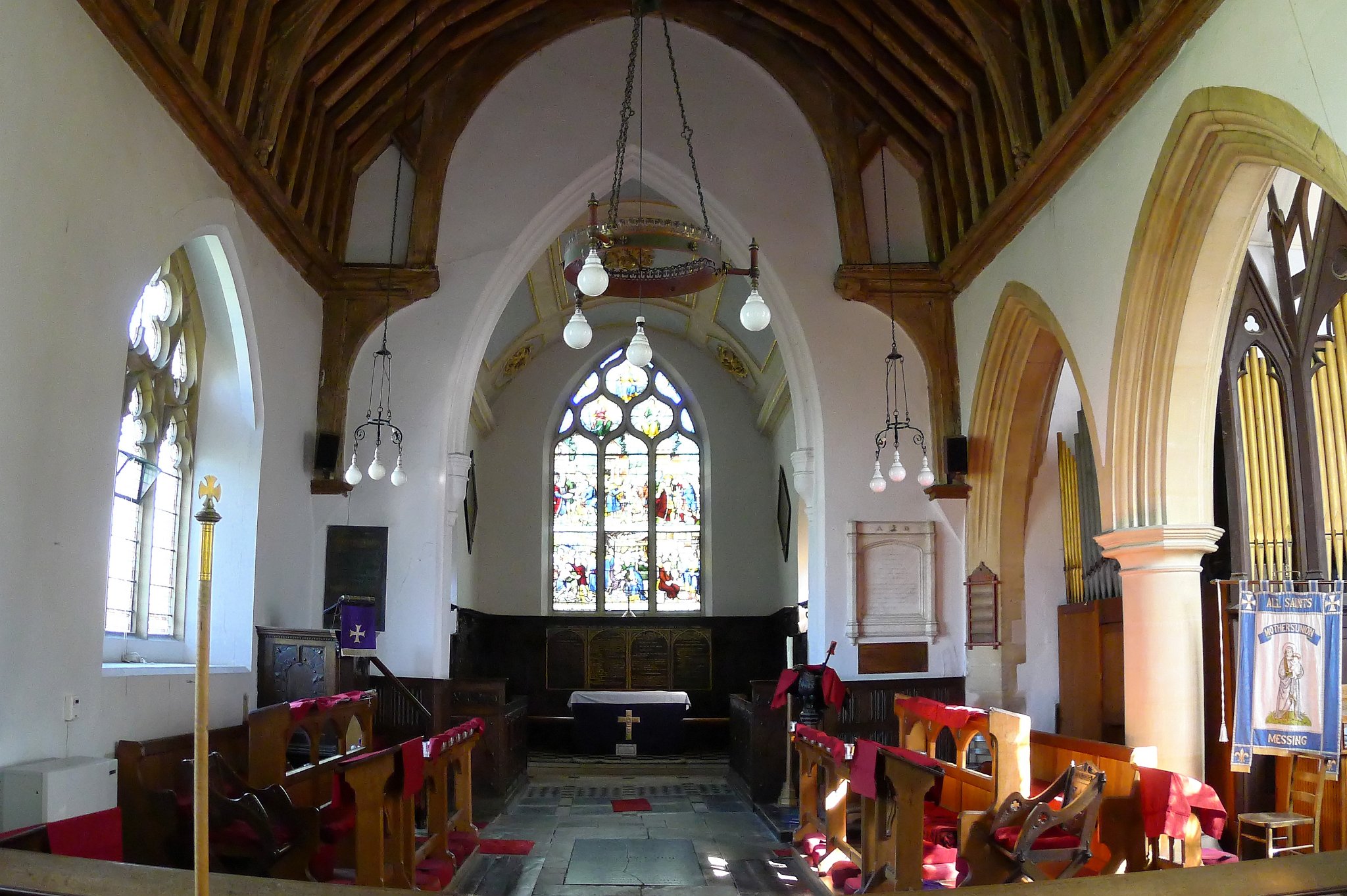28 / 112
Messing - All Saints interior
Parts of this beautiful church date from the 14th century; in particular the roof of the nave has been there since 1360. The roof can be dated by the carved heraldry held by angels bearing the arms of the Baynard family. There are carved roses at the apex of the main trusses. The 2 hammer beams at the chancel arch have lost their angel heads probably during the Reformation, or during the English Civil War. The 2 most western roof bays belong to the 1840 restoration.
The most remarkable feature inside the church is the enamelled glass east window. It was created by Abraham van Linge in 1628 and represents acts of mercy shown to those who were sick, hungry, thirsty, naked, a stranger or in prison (Matthew 25:36). Most stained glass of that era was destroyed by the parliamentarians during the English Civil War, but in Messing, in a characteristically bold action, the villagers removed the window, placed it in the church chest and hid it in the vaults. The 14th century dug out chest is also visible in the church, on the south side, near the transept.



